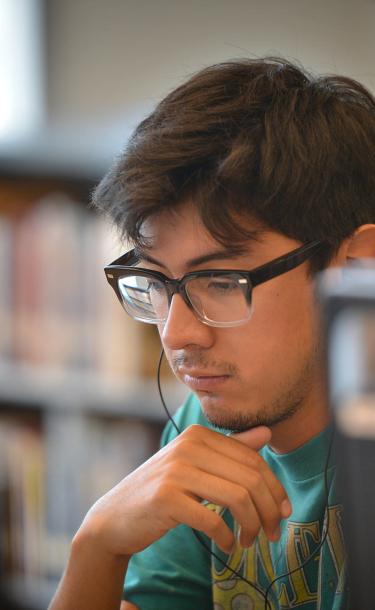About the Design & Media Arts Pathway
The Design and Media Arts (DMA) Pathway assists students in realizing their educational aspirations and attaining creative careers within the field of Design and Media Arts. We offer degrees and certificates in Digital Media, Fashion Design and Fashion Technology, Fashion Merchandising, Sign Graphics, Tailoring, and Visual Communications. Our programs of study prepare students to balance creative and practical skills, while providing rigorous comprehensive training through the use of manual and technological tools. The Pathway is constantly looking for ways to enhance education for our students through activities such as field trips, and participation in artistic events.
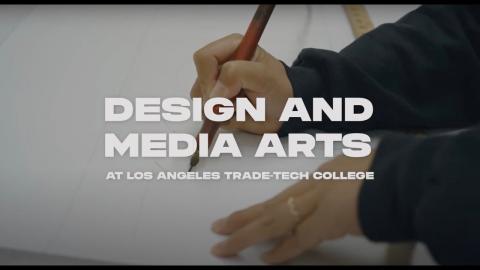
Mission Statement
To prepare our students for creative job readiness, developing and integrating current and changing technologies. We strive to instill professional skills and responsibilities to align our programs with current industry expectations.
Programs of DMA
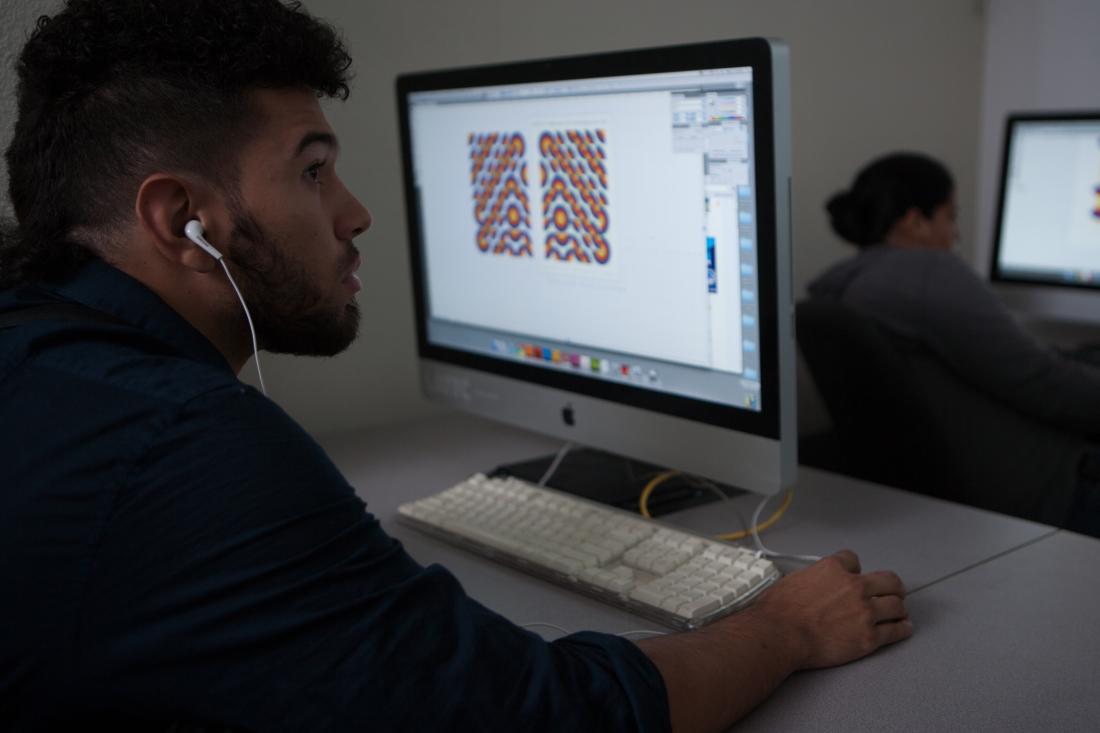
The Digital Media program in the Design and Media Arts Pathway provides instruction using industry recognized software and cutting edge digital tools to promote best practices in the innovative design of digital media across a variety of delivery platforms. Students who complete this program will be prepared to enter careers as mobile and interactive application developers, web designers, audio and video producers as well as other technology‐driven, creative fields.
The Digital Media: Digital Video and Audio program in the Design and Media Arts Pathway uses industry recognized software and cutting edge digital tools to promote best practices in the innovative design of digital video and audio across a variety of delivery platforms. Students who complete this program will be prepared to enter careers in film, television, music and other media related industries.
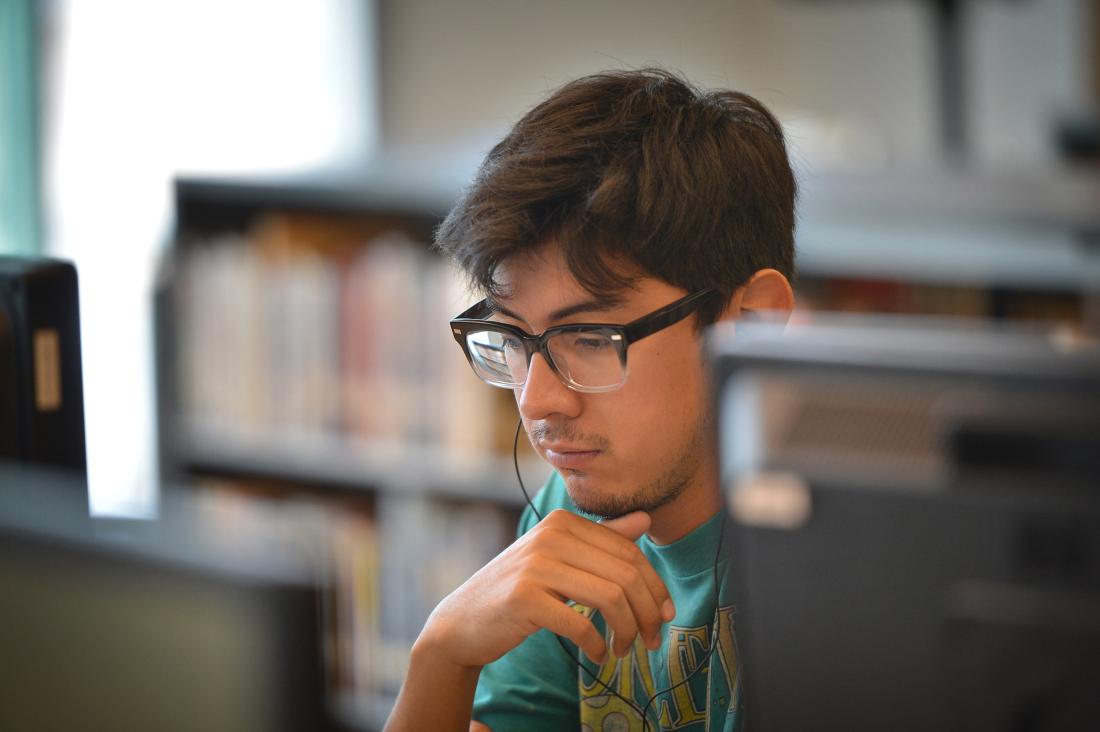
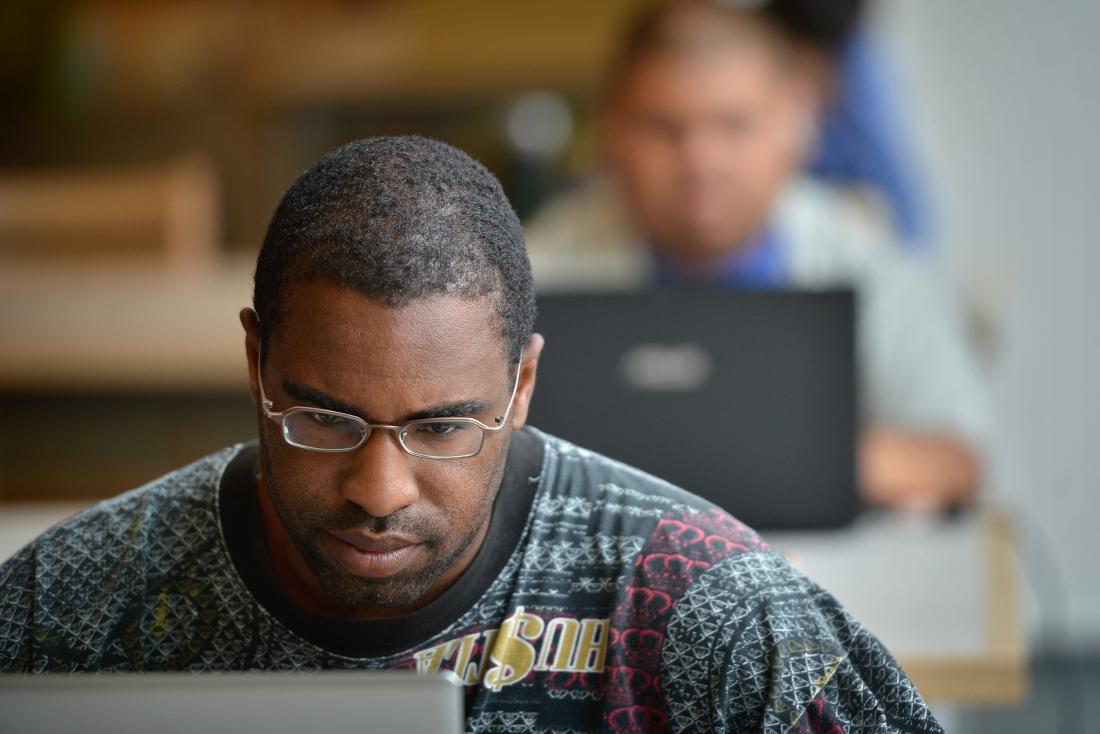
The Digital Media: Mobile Application and Web Design program in the Design and Media Arts Pathway uses industry recognized tools and technologies to promote best practices in the design, development, testing and delivery of a variety of applications. Students who complete this program will be prepared to enter careers as mobile and interactive application developers, web designers and other technology related careers in this rapidly evolving industry.
The Los Angeles Trade Technical College Fashion Design and Fashion Technology programs prepare students for careers in all areas of apparel manufacturing from assistant designers to production management.
The Fashion Design and Fashion Technology programs provide specialized training in current methods of garment construction, illustration, draping, pattern making, and grading. Instruction includes the most widely used apparel software programs. In addition to foundational principles, students are encouraged to experiment with creative design problems throughout the two year program.
The Fashion Design program is staffed by professional instructors who have spent many years in the fashion industry as designers, pattern makers, production managers and manufacturers in all categories of apparel.
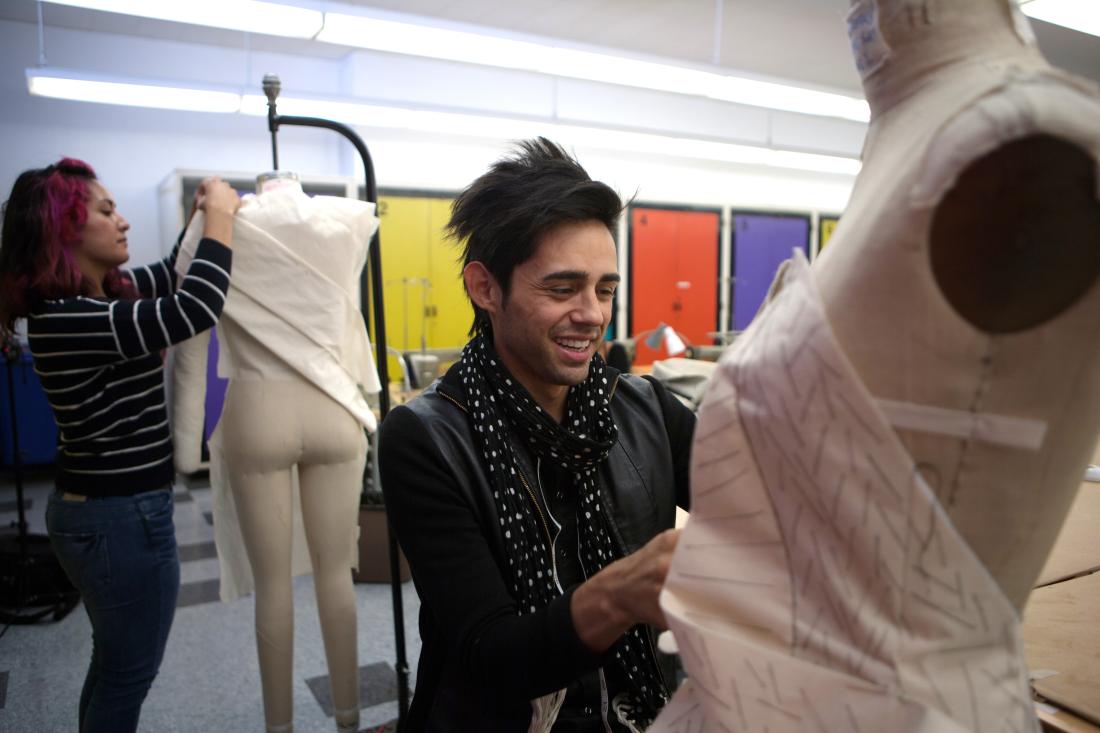
The Fashion Design classrooms are equipped like design rooms complete with industrial sewing machines, pressing equipment, grading machines, dress forms and industrial cutting tables. In addition, the college has state of the art computer lab classrooms where instruction is offered in Gerber Technology, Lectra Inc.,Tukatech and PAD Systems, which allows students to master technology along with traditional skills. The newest computer lab was developed to answer industry demand for training in fashion and technical illustration using Adobe Photoshop and Illustrator.
The fashion community contributes to the program through student scholarships donated by professional groups, companies and individuals. Fashion professionals are invited to work with and critique student designs and prominent speakers visit the campus on a regular basis to lecture on current fashion industry trends. Foreign and domestic fashion publications are available for student reference as well as an extensive collection of historical fashion magazines. The Sharon Tate Costume Collection houses a vast collection of apparel from noted designers and historical costumes, used to inspire students and offer creative solutions to design problems. In addition, the apparel community provides internship opportunities for department students through the Cooperative Education courses. These internships offer students real life experiences and potential for permanent employment.
By fulfilling the program requirements, students are proficient in construction and assembly, patternmaking and grading, technical and fashion illustration, and draping techniques used to manufacture soft goods. In addition, they will understand and be able to apply computer technology to industry related tasks. The comprehensive two year program stresses industrial problem solving using professional techniques.
Los Angeles is the leading center for apparel manufacturing in the United States. These firms require personnel trained in the design and technical aspects of clothing production. Many local apparel manufacturing firms employ LATTC graduates as designers, assistant designers, grader/marker makers, pattern makers, technical designers, specification writers, and production managers. The program equips graduates with the skills necessary to work in the local industry as well as the global market.
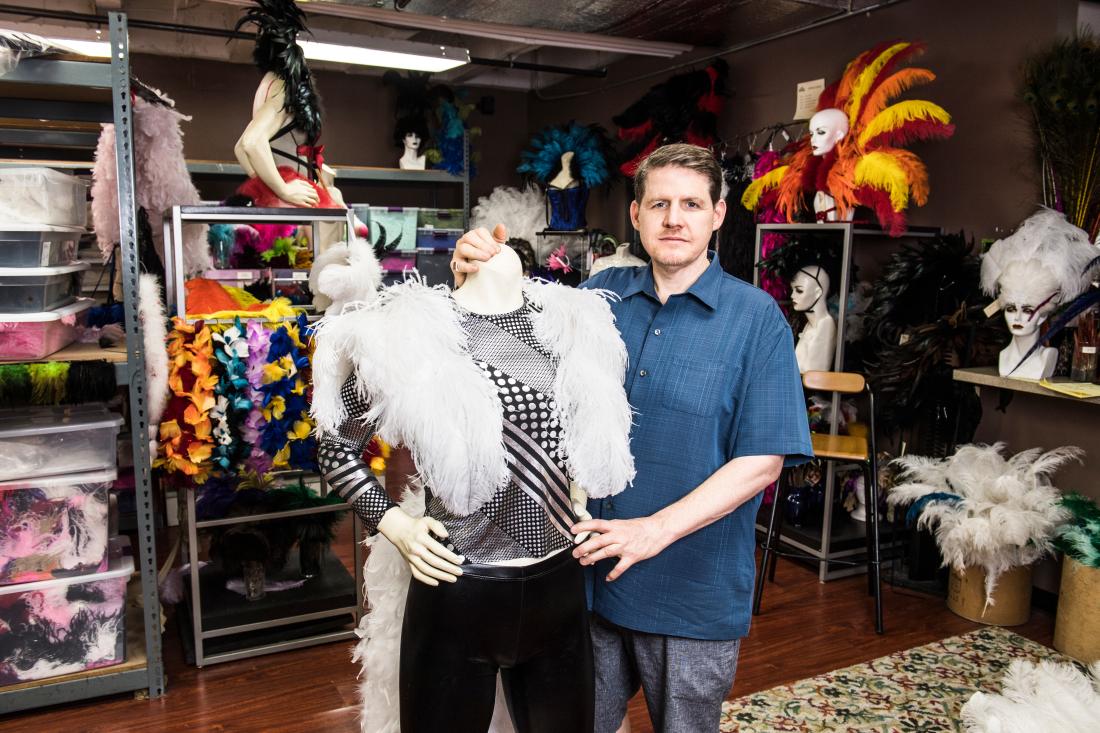
Fashion Merchandising is the-planning, organization, and development of fashion products to be sold at a profit. The program at LATTC is unique in that it offers instruction covering both manufacturing processes and retail expertise. Computer technology plays an important role in the program offering instruction on AIMS software.Retail is a major industry in Southern California and fashion constitutes one of its largest segments.
Retail positions range from major department stores to specialty outlets, and from personal stylists to employment in wholesale manufacturing. Los Angeles has taken the lead as the largest apparel manufacturing center in the United States, and the Fashion Merchandising curriculum is designed to provide specialized training in fashion trends, and consumer demand, as well as wholesale concepts.
Upon completion of the program, students will understand the cultural aspects of fashion in history, entrepreneurial opportunities in the fashion industry, and how to communicate the latest fashion trends and styling. Students will also be proficient in international business processes preparing them for the global apparel market.
The Los Angeles Trade Technical College Fashion Design and Fashion Technology programs prepare students for careers in all areas of apparel manufacturing from assistant designers to production management.
The Fashion Design and Fashion Technology programs provide specialized training in current methods of garment construction, illustration, draping, pattern making, and grading. Instruction includes the most widely used apparel software programs. In addition to foundational principles, students are encouraged to experiment with creative design problems throughout the two year program. The Fashion Design program is staffed by professional instructors who have spent many years in the fashion industry as designers, pattern makers, production managers and manufacturers in all categories of apparel.
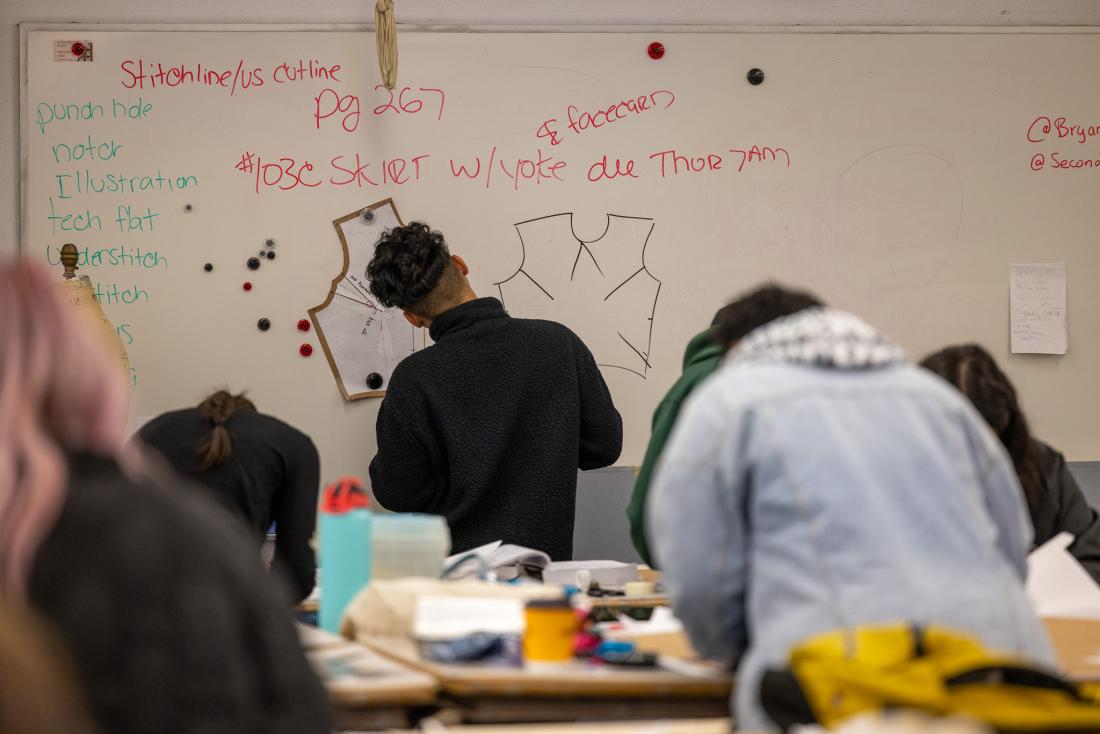
The Fashion Design classrooms are equipped like design rooms complete with industrial sewing machines, pressing equipment, grading machines, dress forms and industrial cutting tables. In addition, the college has state of the art computer lab classrooms where instruction is offered in Gerber Technology, Lectra Inc.,Tukatech and PAD Systems, which allows students to master technology along with traditional skills. The newest computer lab was developed to answer industry demand for training in fashion and technical illustration using Adobe Photoshop and Illustrator.
The fashion community contributes to the program through student scholarships donated by professional groups, companies and individuals. Fashion professionals are invited to work with and critique student designs and prominent speakers visit the campus on a regular basis to lecture on current fashion industry trends. Foreign and domestic fashion publications are available for student reference as well as an extensive collection of historical fashion magazines. The Sharon Tate Costume Collection houses a vast collection of apparel from noted designers and historical costumes, used to inspire students and offer creative solutions to design problems. In addition, the apparel community provides internship opportunities for department students through the Cooperative Education courses. These internships offer students real life experiences and potential for permanent employment.
By fulfilling the program requirements, students are proficient in construction and assembly, patternmaking and grading, technical and fashion illustration, and draping techniques used to manufacture soft goods. In addition, they will understand and be able to apply computer technology to industry related tasks. The comprehensive two year program stresses industrial problem solving using professional techniques.
Los Angeles is the leading center for apparel manufacturing in the United States. These firms require personnel trained in the design and technical aspects of clothing production. Many local apparel manufacturing firms employ LATTC graduates as designers, assistant designers, grader/marker makers, pattern makers, technical designers, specification writers, and production managers. The program equips graduates with the skills necessary to work in the local industry as well as the global market.
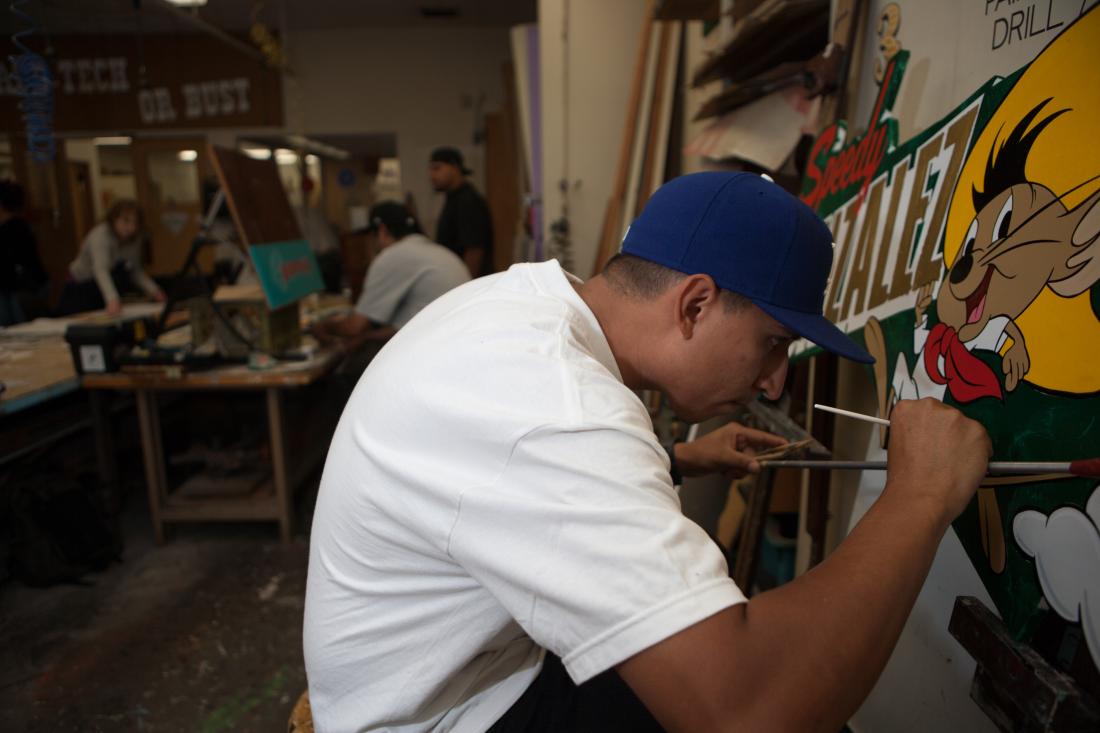
Sign makers design and produce signs to advertise and identify businesses, industries, public services, entertainment, as well as other areas. Students learn how to design and execute a wide variety of signs including temporary signs such as posters and paper banners plus permanent signs on wood, metal, canvas, vehicles, walls and glass. Students learn the fundamentals of lettering, design, composition, and color, while practicing hand and eye coordination. Students also learn to both draw and brush a diverse set of alphabets and a variety of interior and exterior signs. In addition, students study how to design and execute signs on sign specific software including patterns, vinyl lettering, and vinyl application plus how to use plotters, scanners, and clip art images.
Many sign makers are self-employed, work freelance or are employed in a commercial sign shop. Employment opportunities are competitive and only those with good hand skills and knowledge have the best chance for employment. Specialty skill instruction like dimensional letters, sandblasted signs, gold leaf and high-end layout and design are offered to advanced students. Advanced students participate in a business module for pricing and eventual self-employment.
By fulfilling the program requirements, students are proficient in basic hand lettering, sign design and layout, the production of temporary signs, exterior permanent signs, window signs and specialty signs, computer operation including printing, cutting and applying vinyl lettering and general production skills needed to complete a successful sign. Students will also understand basic pricing and sales techniques, record keeping or small business operation, and obtaining licenses.
Elective courses in silk screening and mural painting are also offered in this program.Silk screening is a printing method for multiple or large number jobs. The student will learn how to make a screen, cut a variety of stencils, prepare the screen and print an image. Proper ink usage and clean-up will be taught. Students will print on a variety of substrates including multicolor prints on T-shirts.
In the mural painting course, techniques for producing large format murals are taught using a variety of methods including the grid method. Students will learn layout and design, pattern making and transferring artwork to the wall. Surface preparation, paints, tools and brushes will also be covered.
The LATTC Tailoring Certificate program is uniquely designed for the working adult. Courses are offered during evening and weekend hours and cover all aspects of the pattern making and construction techniques necessary to complete tailored garments. Courses include construction techniques for bespoke men’s and women’s garments including trousers, jackets and coats. Tailors are distinctly different from dressmakers in that they are specialized in constructed garments such as jackets, coats and trousers or slacks.
The skills for custom tailoring are always in demand. Stylists work with tailors to outfit sports figures, celebrities, and specialty customers. Costume designers work with tailors to create multiple versions of garments needed in film production, and customers seeking individual design and fit seek out the assistance of professional tailors.
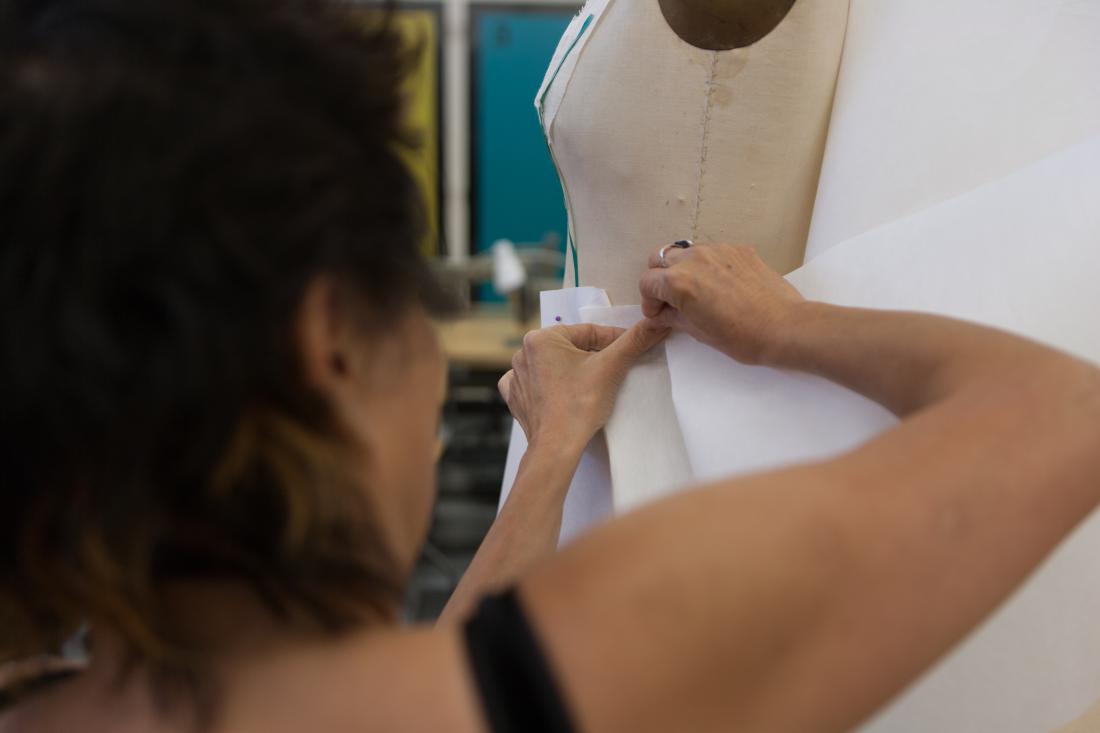
The Tailoring Certificate of Achievement prepares students to construct trousers, jackets, vests and coats for personal fit and for custom tailoring. Upon completion of the program, students are able to draft patterns as well as construct tailored garments.
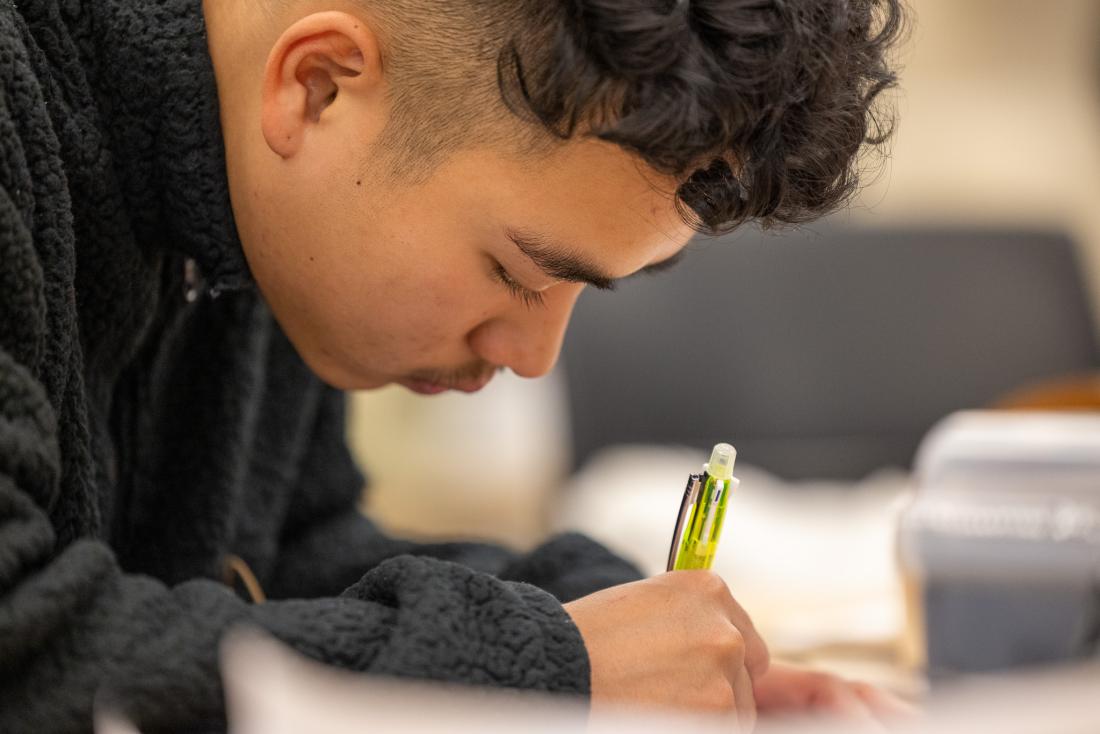
The Visual Communications program at LATTC is the starting point for exciting careers in animation, art direction, digital imaging, graphic design, illustration, multi-media, web design and other related fields. The fast paced two-year program begins with fundamentals: color, design, drawing, prepress and typography. Advanced levels create finished portfolios on a Macintosh computer, utilizing industry standard digital software. Student portfolios demonstrate creativity and discipline, displaying dynamic art sensibilities and creating visual solutions for problems of marketing and publishing. The Visual Communications program focuses on four core areas:
- GRAPHIC DESIGN: Beginning levels will study the areas of layout and design, typography, and advertising concepts. Advanced levels will develop logos and corporate identity programs, design brochures with extended text, and create original magazine advertising, which is directed to specific audience demographics. Problem solving, brainstorming and computer training will receive equal emphasis. Graduating student portfolios incorporate a wide variety of projects showcasing the student’s ability to conceptualize, design and use typography as a communication tool.
- DRAWING: Beginning levels will study freehand observational drawing, perspective and the principles of light and shade. Black and white mediums will be explored in pencil, markers and ink. Advanced levels create comprehensive layouts in color marker and pencil as preliminary development. Finished designs and illustrations for advertising and on-line usage are then created traditionally or digitally and serve as portfolio samples.
- DIGITAL PREPRESS: Thorough study of the preparation of art, graphics, photography, and typography for reproduction in print. Beginning levels concentrate on understanding the mechanics of color separations and print specifications. This knowledge is then applied as students create digital files that utilize specific print requirements. Advanced levels prepare complex graphic computer files for output at commercial printers.
- COMPUTER GRAPHICS: The creation of art and design on the computer requires mechanical know-how and considerable familiarization with the workings of several graphic software applications. The Visual Communications program offers instruction in Adobe Creative Suites: Acrobat, Dreamweaver, Flash, Fireworks, Illustrator, InDesign and Photoshop and HTML. Graduating student portfolios demonstrate familiarization with each of these software applications and an ability to manipulate each for specific uses and creative affects.
Today’s commercial marketplace for artists has never been more available. Flash motion graphics and web design have initiated new and creative directions. Traditional artists and conventional designers continue as before but have incorporated digital software within their accomplished collection of talents. This blending of tradition and technology is the primary emphasis within the Visual Communications program.
By fulfilling the program requirements, students can pursue many different creative careers. While it is advisable for students to continue higher education, many graduates have entered the workplace upon completion of the Visual Communications program alone, realizing creative and financial success. Graduating students acquire visual sensitivities with respect to type, images and graphics; they are trained in the visual software used by industry, and understand marketing as it applies to commercial art. Additionally, graduates market their work appropriately to specific audiences for freelance opportunities.
Office Hours and Location
Monday to Thursday: 8:30 am–5 pm
Friday: 8:30 am–3 pm
Saturdays, Sundays, and Holidays: Closed
Contact
Joseph Guerrieri
Chairperson, Design and Media Arts
Tessie Fernando
Senior Office Assistant
Email: @email
Phone: (213) 763-3640
